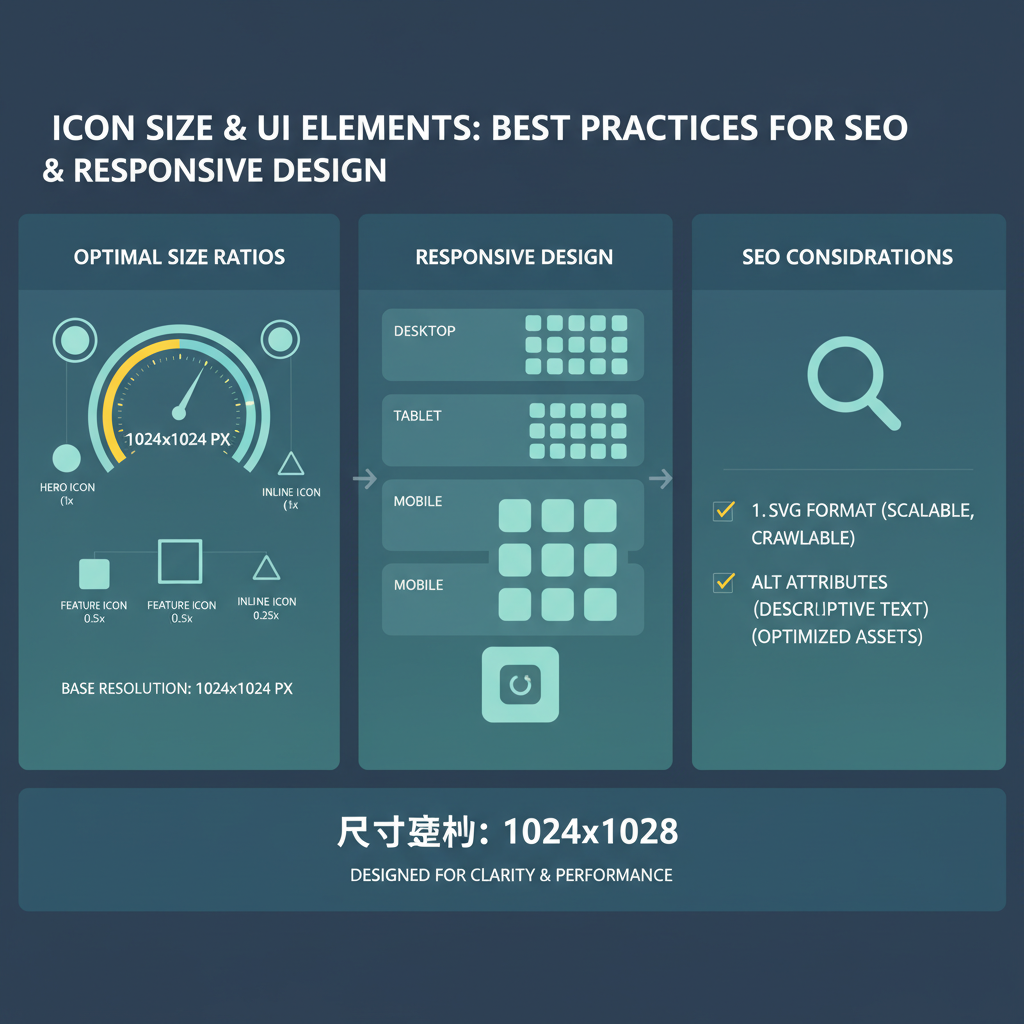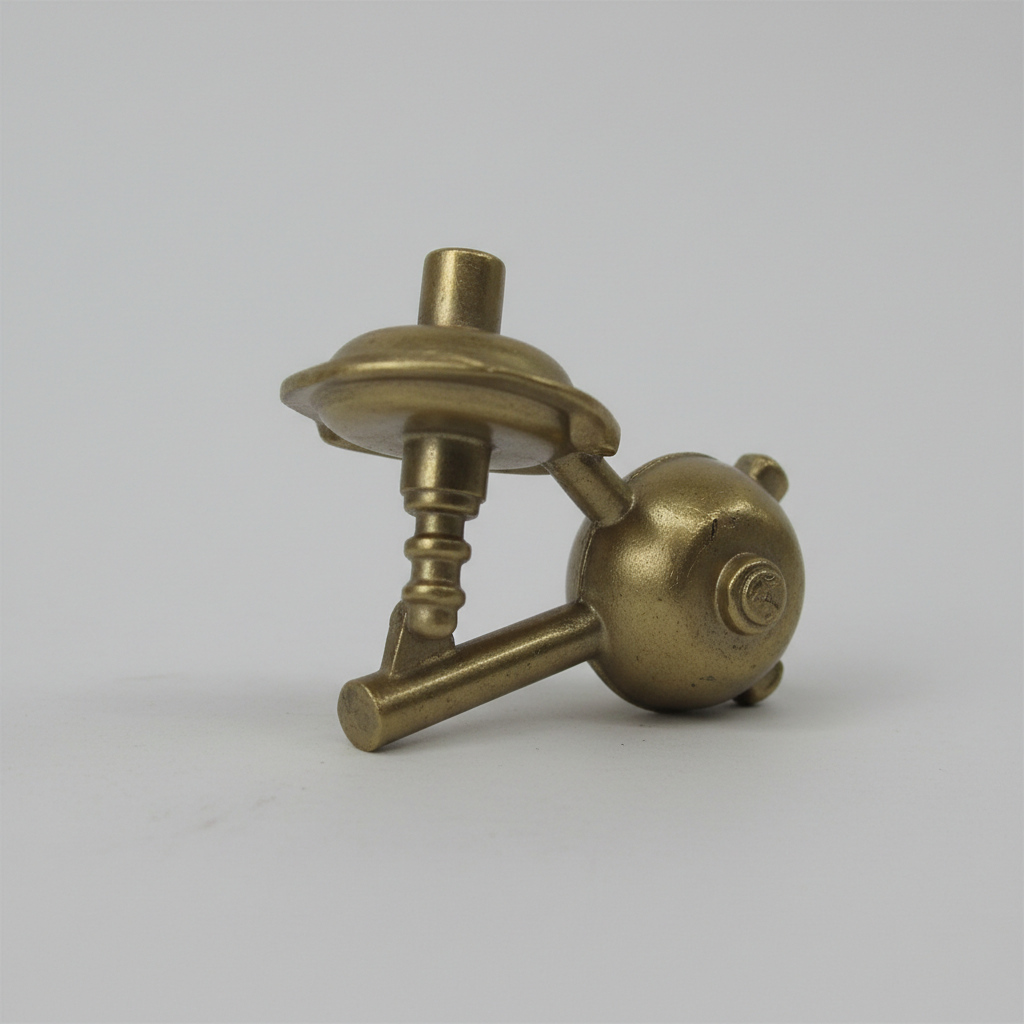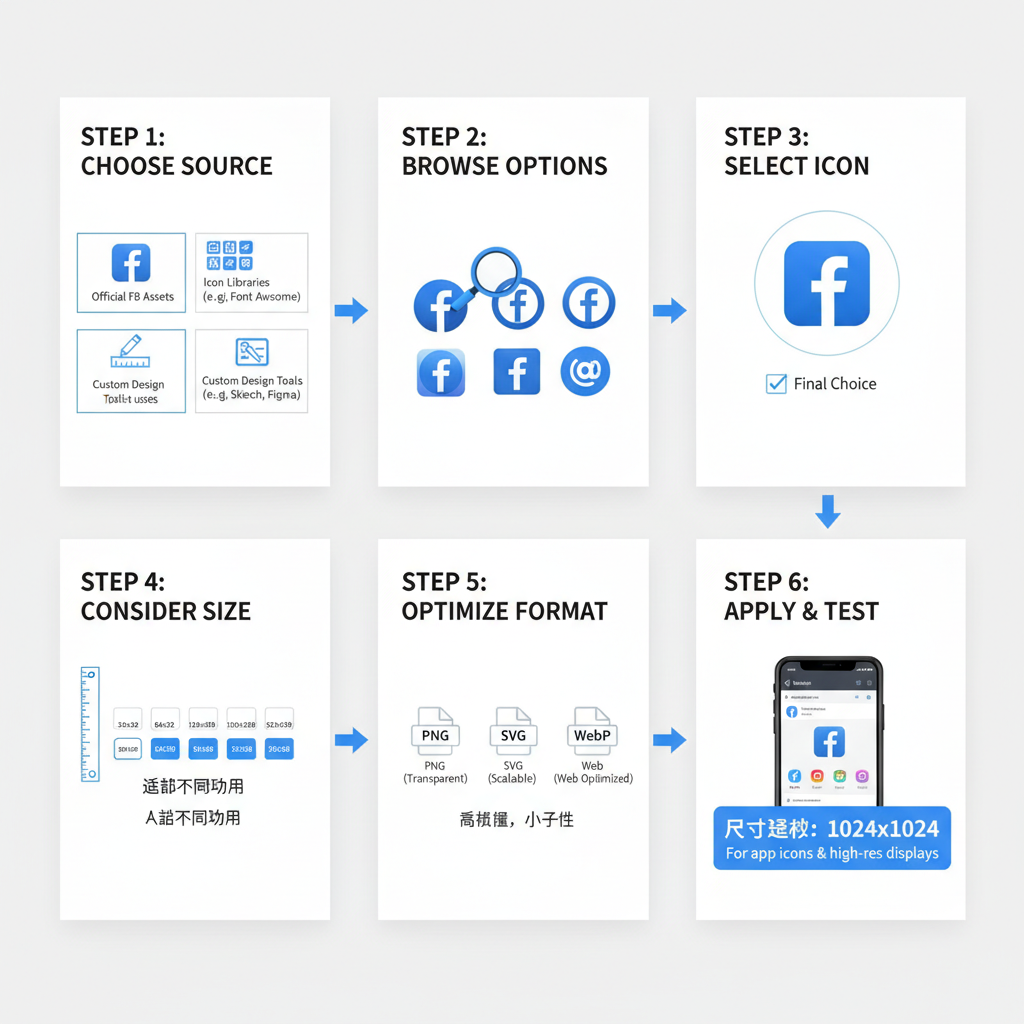Add and Customize a Small FB Icon on Your Website
Learn how to add and customize a small Facebook icon on your website for better branding, UX, accessibility, and SEO-friendly integration.

Introduction to the Small FB Icon for Web Design and SEO
A small FB icon—the reduced version of the Facebook logo—is more than just a decorative element. It’s a powerful visual and navigational tool that helps users quickly identify links to your Facebook page or sharing features. In web design and SEO contexts, using this icon strategically can enhance branding, facilitate user engagement, and improve click-through rates to your social media presence.
---
Understanding the Small FB Icon and Its Importance
A small FB icon refers to a scaled-down graphic of the Facebook logo or symbol. It is a visual cue, easy to recognize, representing either a link to your official Facebook page, a share functionality, or simply part of your brand’s social media presence.
Why does it matter?
- Branding: Consistent use of recognizable assets reinforces your brand identity.
- User Experience (UX): Users can instantly identify and interact with social media links.
- Navigation: Directs users smoothly to your Facebook page or share feature without clutter.

---
Common Use Cases
Small FB icons appear in multiple contexts throughout a site:
- Social Media Link: In the header, footer, or sidebar linking to your official profile.
- Share Button: Placed near blog posts or product pages to encourage user sharing.
- Footer Branding: Grouped alongside other social network icons to provide quick access.
---
Choosing an Icon Source
Before adding a small FB icon, decide where you'll source it from:
Official Facebook Assets
Facebook provides official logos and icons in its Brand Resource Center.
Pros: Authenticity, compliance with brand guidelines.
Cons: Restrictions on customizing colors and proportions.
Icon Libraries
Libraries like Font Awesome, Feather Icons, or Material Icons offer scalable vector versions.
Pros: Easy integration, scalable, stylistic consistency.
Cons: Requires loading an external library unless self-hosted.
Custom Design
You can create your own icon inspired by Facebook branding but not violating guidelines.
Pros: Unique look matching your theme.
Cons: Requires design skills, risk of non-compliance.
---
Best Practices for Icon Size
When working with a small FB icon, maintain optimal clarity:
- Desktop: Generally 16px–32px for UI elements; up to 48px for calls-to-action.
- Mobile: Slightly larger (24px–48px) for touch-friendliness.
- Responsive Scaling: Use `em` or `rem` units for scalable sizing.
---
Adding the Small FB Icon with HTML & CSS
A simple example using Font Awesome (SVG or icon font):
/* CSS */
i.fab.fa-facebook-f {
font-size: 24px;
color: #1877F2;
transition: color 0.3s ease;
}
i.fab.fa-facebook-f:hover {
color: #145dbf;
}If using an image file:
---
Accessibility Essentials
Accessibility boosts usability and SEO:
- Alt Text: `alt="Facebook logo"` for informative icons; `alt=""` if decorative only.
- ARIA Labels: Use `aria-label` for links to describe purpose, e.g., `aria-label="Visit our Facebook page"`.
- High Contrast: Ensure icon color stands out from background.
---
Optimizing Icon Size for Fast Loading
Choice between SVG and PNG affects performance:
| Format | Pros | Cons |
|---|---|---|
| SVG | Scalable, lightweight, can be styled via CSS | Complex for very detailed images |
| PNG | Pixel-perfect, transparent background support | Larger file size, not scalable without quality loss |
For most small FB icons, SVG is best because it scales cleanly and loads faster.
---
Positioning and Spacing
Placement matters both on desktop and mobile:
- Header Navigation: Adjacent to other social icons or contact links.
- Footer: Unified social block.
- Sidebar: For blogs or community sites.

CSS tip for spacing:
.social-icons a {
margin-right: 8px;
}---
Styling Tips
Enhance your small FB icon aesthetically:
- Hover Effects: Slight color changes or scale-up animations draw attention.
- Themed Colors: Match site palette while keeping recognizable FB blue.
- Minimalistic Lines: Use flat monochrome for a clean modern design.
---
Mobile Optimization
Ensure the icon remains clickable and visible on small screens:
- Min size: 44x44px for touch areas (as per Apple guidelines).
- Adequate padding around the icon to prevent mis-taps.
---
Linking Correctly and Securely
When linking to your FB page:
...When creating a share link for a blog post:
Share on Facebook
---
Testing Across Browsers and Devices
Checklist:
- Does the icon display correctly in Chrome, Firefox, Safari, Edge?
- Is the link functional on desktop and mobile?
- Does hover/tap behavior work as intended?
- Are colors and sizes consistent?
---
SEO Benefits
While the icon itself doesn’t directly impact rankings, proper implementation:
- Improves user engagement (indirect SEO signal).
- Increases social shares driving traffic.
- Enables crawlers to find social links if marked up with structured data.
---
Compliance with Facebook Brand Guidelines
Facebook’s brand resources require:
- Maintaining aspect ratio.
- Not altering core elements beyond allowed adjustments.
- Providing adequate clear space around the logo.
---
Troubleshooting Common Issues
Icon not displaying:
- Verify resource path or library import.
- Check browser console for 404 errors.
Broken link:
- Ensure correct URL; test directly in the browser.
Pixelation:
- Use higher resolution or SVG.

---
Updating or Replacing the Icon
When changing the icon:
- Use a consistent filename and update caches to prevent old versions showing.
- Test across layouts to verify alignment.
- Include in your design system for easier future updates.
---
Summary and Next Steps
Incorporating a small FB icon into your website isn’t just a design choice—it’s a branding and usability decision that influences SEO indirectly. By sourcing the icon appropriately, sizing it for clarity, optimizing performance, and ensuring accessibility, you elevate both user experience and brand visibility. Implement these tips today to strengthen your site’s social media integration and engage more users through Facebook.




